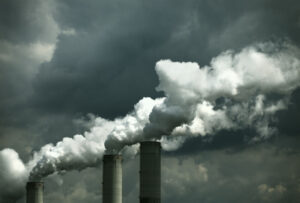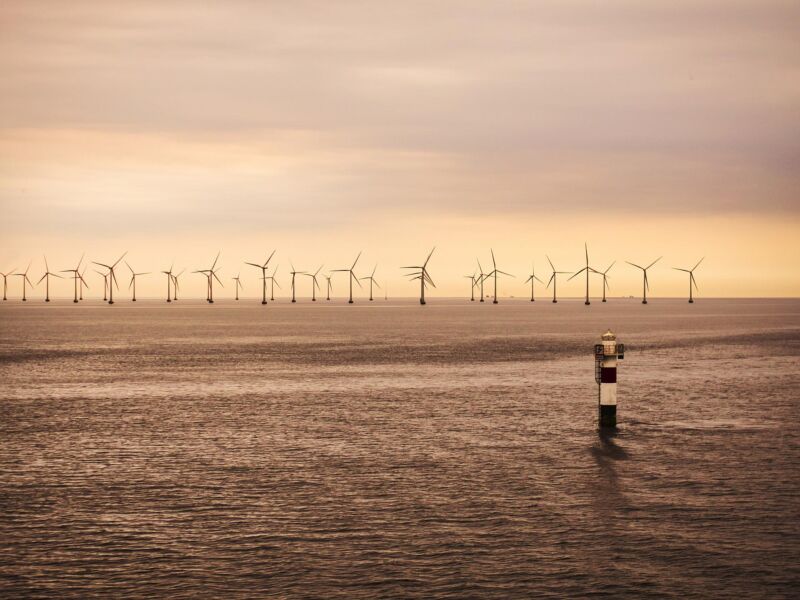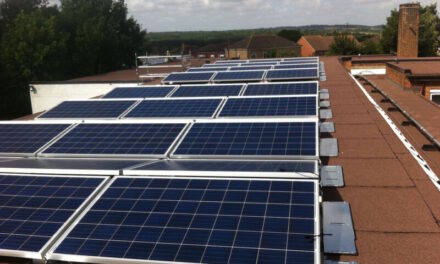The North Sea can become Europe’s largest climate-neutral energy system by 2050. The region has already played a key role in supplying energy to Europe through its oil and gas field. And now it can help us deliver net zero, by modernising existing assets, becoming a test bed for new technologies, and enable a new level of energy connectivity between European countries.
We cannot do it alone. We need to collaborate between countries and supply chains to make sure the North Sea potential becomes a reality. We have a long journey to decarbonisation ahead, and the time to act is now. The North Sea has significant potential, and the shallow waters and raging winds make it one of the best locations for offshore wind, and the perfect place to capture and store carbon dioxide (CO2).
But the harsh weather, seabed conditions, and tides create difficult infrastructure issues, meaning energy systems need robust operations. Overcoming these obstacles could showcase how to deliver complex energy transition technology in difficult conditions.
The energy transformation in the North Sea demands scale and coordination, but also provides us with the opportunity to develop interconnected, low-carbon energy systems to reduce our reliance on fossil fuels.
However, decarbonisation is not the only driver. The tumultuous geopolitical situation with the war in Ukraine has left many countries seeking increased energy independence, so the North Sea is critical in reducing reliance on Russian oil and gas.

A sea of possibilities for ramping up wind power
Since the early 2000s the offshore wind industry has grown exponentially, and the cost has reduced faster than expected. The industry can become the backbone of future clean energy production.
Already Siemens Energy has connected about 4000MW of offshore wind to the UK grid, enough clean energy to power 4 million homes, and around 35% of the UK’s current offshore wind production. But we need to do more to meet the UK target to deliver up to 50GW of operating offshore wind capacity by 2030, increasing current capacity by two-thirds. For Europe, to reach climate neutrality by 2050, offshore wind needs to grow from today’s 29GW capacity to well over 300GW.
Green hydrogen, created by wind power, will play a vital role in energy storage for the future, but we need the technology to store it and transport it, and use hydrogen and its derivatives for things like shipping and aviation that are hard to electrify.
Charting a course for maximum efficiency and low emissions
Building renewable infrastructure and a hydrogen economy takes time. Planning, consent and viable operating models require investments of time and capital. So we need to use fossil fuels in this interim period, but continue to reduce emissions. The UK’s North Sea Transition Deal sets a target to reduce 25% of offshore production emissions by 2025 and achieve net zero by 2050.
But we cannot switch off fossil fuels overnight since the UK still relies on 40% natural gas for a secure electricity supply. But we can act now by combining both offshore wind and the oil and gas industry expertise to electrify offshore platforms, for example, the Hywind Tampen project in Norway.
Navigating through storage technologies and connecting networks
The natural gas we bring ashore can also be cleaned up through carbon capture and storage technologies. Heavy industry in ports has plans for shared networks to transport and store captured CO2, with existing oil and gas infrastructure also being repurposed for carbon capture.
Such networks will increasingly save costs and bring greater energy sharing capabilities, as the number of interconnectors between countries grows. We will see the rise of multi-purpose interconnectors for shared assets. There are also future plans afoot for man-made energy islands to act as hubs in the sea.
The pace of change demands skills and collaboration
Across Europe we’ve seen examples where economies are rapidly decarbonising. Ten years ago, coal provided 45% of the UK’s electricity. Now it is less than 2%, with the last coal-fired power stations set to close in less than two years. The electricity industry, once the biggest carbon-emitting sector, has now been overtaken by transport as the biggest polluter.
Strategic sector coupling and low-carbon energy developments will enable and accelerate the energy transition in the North Sea. At Siemens Energy, we have the know-how, mindset, and technology portfolio that supports the entire energy value chain, but to accelerate the transition in the North Sea we need a mix of skills and experience from different backgrounds.
Decarbonising the North Sea into a climate-neutral energy system by 2050 is a megaproject that involves many countries, industries, and new ways of thinking. This is a global challenge, and the time to work together is now.
Author: By Steve Scrimshaw, VP at Siemens Energy UK & Ireland






